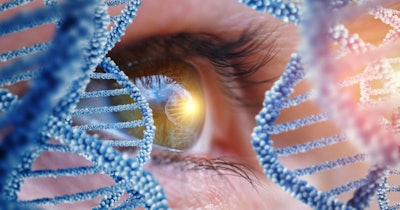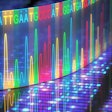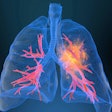
In a study published in Cell, researchers used proteomic profiling and artificial intelligence (AI) modeling to determine biomarkers and track the progression and effects of aging and disease on the eyes.
Using almost 7,600 protein-specific aptamers, researchers from Stanford University, Aarhus University, and their colleagues conducted aptamer-based proteomic assay profiling of 5,953 proteins in aqueous humor and vitreous liquid biopsy samples collected from 120 people during eye surgery. To zero in on cell type-linked molecular markers of aging and disease, the team also performed single-cell RNA sequencing on more than 82,000 individual cells from the same samples.
Using their "tracing expression of multiple protein origins" (TEMPO) approach, the research team determined from which cells the proteins they found came and then modeled the liquid biopsy-based proteomics and single-cell transcriptomics data using AI. The researchers flagged markers related to eye aging and eye diseases such as retinitis pigmentosa, along with retinal symptoms related to diseases such as diabetes and Parkinson's disease.
The team also found evidence of accelerated eye aging caused by diseases such as proliferative diabetic retinopathy that are not usually age-related. The team described their approach as a proteomic or protein clock based on cell type-specific protein patterns: molecular markers that enabled the team to see accelerated molecular aging associated with eye conditions. The team found evidence that some eye diseases accelerate aging of the eye significantly, suggesting there may be a need for anti-aging therapies for those conditions.
The research team noted that their work has potential for wider applications. “Our approach, which can be applied to other organ systems, has the potential to transform molecular diagnostics and prognostics while uncovering new cellular disease and aging mechanisms,” they wrote.



















